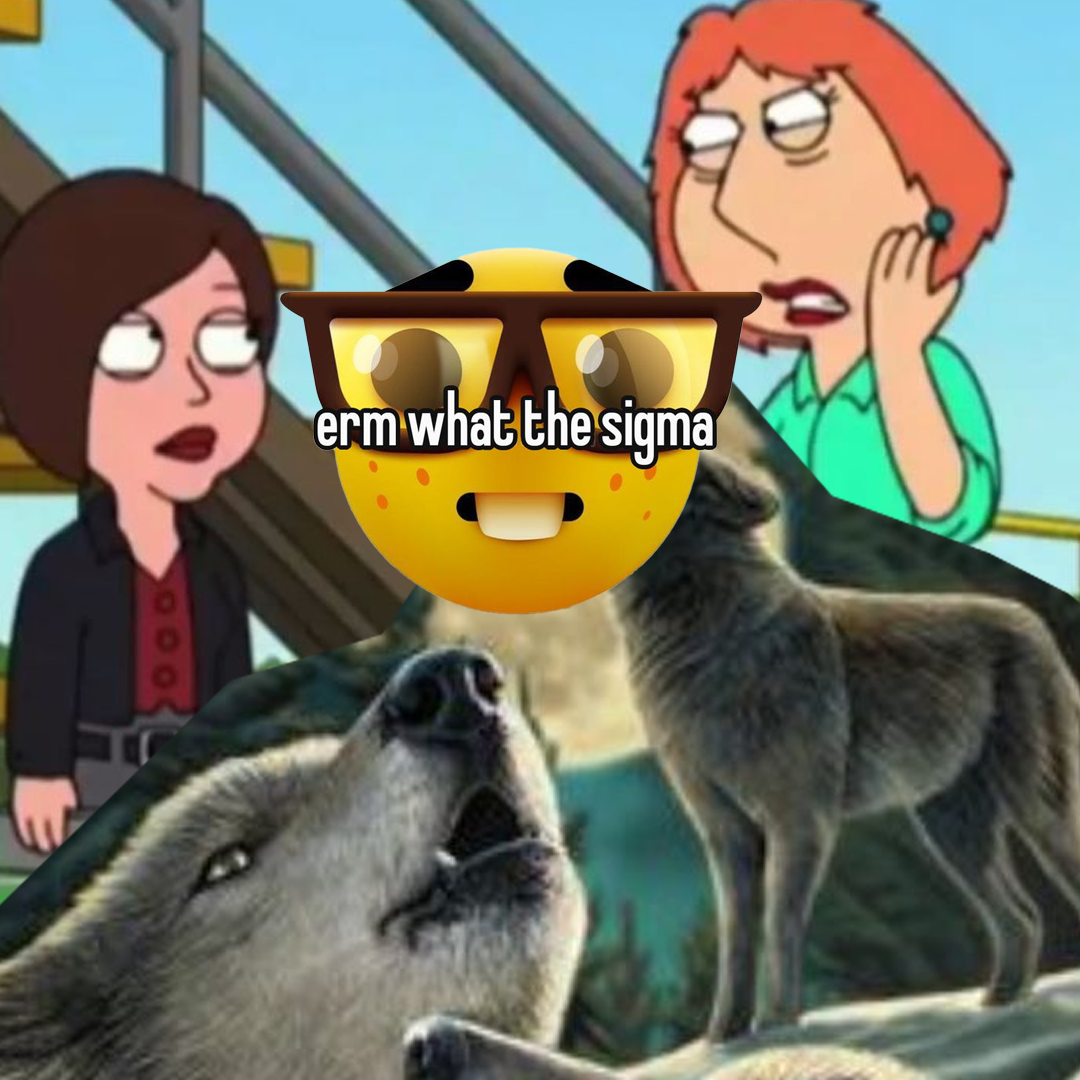The Appeal of Nonsense: The Rise of Slop Content in a Toxic Online Landscape
Words: Lilac Carr
Make it stand out
Over the last few years, social media has felt like it is deteriorating. Numerous updates brought unwanted and unnecessary new features, such as Reels and Notes in the case of Instagram, have only made apps more cluttered. Layoffs of crucial staff, especially those involved in content moderation, have been a huge detriment to user experience, as we have seen on Twitter or X as it is now known. These decisions have led to feeds and comment sections increasingly dominated by hate or nonsense. The latter type of content – the nonsense – is typically referred to with labels such as ‘brainrot’ or ‘slop content’, often made with AI.
Slop content is everywhere. More than that, it is consistently well-received, at least on a surface level. Brainrot Reels and TikToks often receive hundreds of thousands of likes, paired with a level of engagement in comment sections that can only be described as the gold standard for algorithmic success.
In one post, an anthropomorphised dollar in front of a picture of a watermelon complains about his watermelon being turned rotten by ‘the divine creator’, gaining 254k likes and 1,692 comments. On another, a photo of a gorilla on a cloud holding two tigers running along a road, complemented by psychedelic visual effects and an emotional song, has 208k likes and a massive 2,523 comments. And most of these comments are highly positive, often referring to the posts as ‘legendary’ or ‘mythical reel pulls’, referring to the perceived rarity and quality of the post.
In some ways, the appeal of nonsense in the current social media climate is hardly surprising. Given the contemporary dominance of toxicity and hatred, existing on social media can take a serious mental toll. The experience of scrolling through Instagram can sometimes make it difficult not to despair about humanity, or worry about how true a reflection the average comment section might be offline. There is an allure, then, in content that is entirely devoid of the human-ness that can make social media such a distressing place.
The unreal nature of slop content is entirely intentional: brainrot accounts use countless gimmicks and techniques to create an audience experience hostile to relatability. Some common features of brainrot content include unrelated images and videos being spliced together awkwardly; the use of AI-generated speech; surreal visual and sound effects that obscure the base video and audio; text in languages the audience is not intended to understand. Slop content, far from being low-effort (if perhaps low-quality), is in fact meticulously designed in order to overwhelm the viewer and create an experience as far from comprehensibility or human connection as possible.
In this fact lies the success of this content. Social media in the modern age is an attention economy, and all types of (numerically) successful content engage the viewer by appealing to their emotions. This approach is shared by both slop and hate content, which both achieve algorithmic success through overwhelming the viewer. The appeal of slop and brainrot content, then, is that it appeals to and overwhelms an audience through confusion as opposed to through anger or distress.
Slop content, unintentionally behaving as a counter to hate content, makes toxicity and strong emotions toward it near impossible in its complete incomprehensibility. This can be a relief in a sea of content which succeeds and thrives by manipulating its audience into distress and anger.
“There is an allure, then, in content that is entirely devoid of the human-ness that can make social media such a distressing place.”
In fact, one of the few places on Instagram that is not regularly filled with hate is in the comment sections of brainrot and slop content. As mentioned before, this is not for a lack of engagement. On any other post, I would expect by now the amount of comments often seen on brainrot posts to be a result of hordes of right-wing trolls spewing bigoted ‘slop’ of their own against trans people, women, immigrants, or another marginalised group. And yet slop content is now one of the few places on Instagram I can consistently click on the comments button without immediate regret - if only because it is filled with similarly illegible, but innocuous, comments such as ‘Affirm!!!’, ‘legendary reel pull’, or ‘brick by brick’.
In all this, I feel an obligation to point out that this sort of content is not without its ethical concerns. Like anything online, brainrot content can be mimicked by large brands (like the ‘freakbob’ reels made by the official Subway Surfers Instagram account, which read to me as particularly hollow). The increasing role of generative AI in producing content online raises serious concerns about its environmental harm, the theft of data (especially from artists), and its potential for spreading misinformation. As I’m writing this, the yapdollar account referenced above has just been taken down for copyright infringement.
Slop and brainrot content is not a cure for the deterioration of social media, including the proliferation of hate content which can sometimes make apps like Instagram near-unusable for marginalised groups. But I can understand the appeal of slop content in the environment of modern-day social media. There is a sense of relief in opening the comment section and not being flooded with hate and discrimination, and even an enjoyment to be found in the sheer absurdity (albeit a calculated absurdity) of brainrot content.


